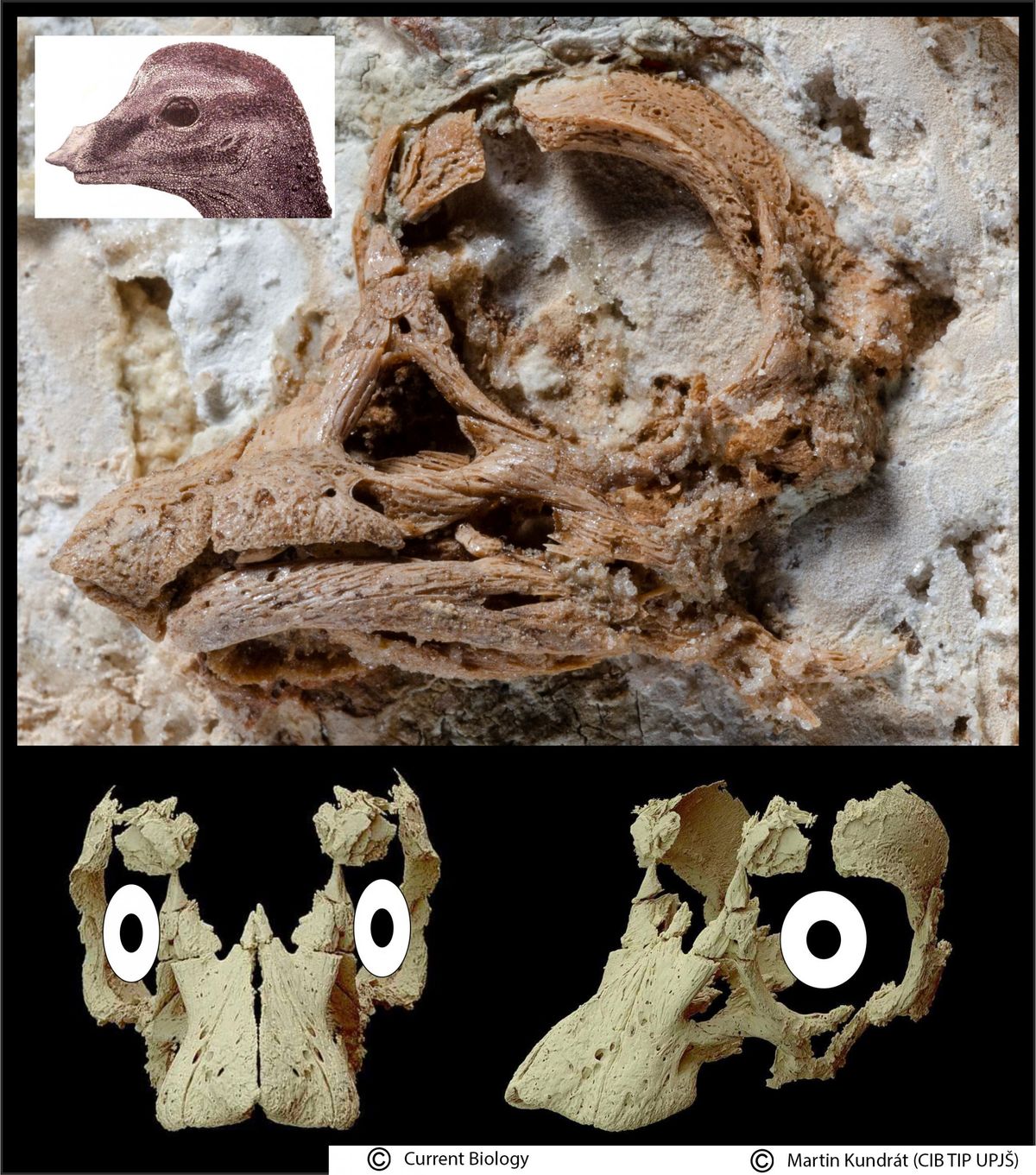Analysis of Dinosaur Embryo by Kosice Scientist Leads to New Findings

Kosice, August 29 (TASR) – An analysis of a unique fossil, one of its own kind, has been reported by an international team of researches headed by Slovak scientist Martin Kundrat in the prestigious Current Biology journal, TASR learnt from Pavol Jozef Safarik University’s (UPJS) spokesperson on Saturday.
The fossil is an 80-million-year-old dinosaur embryo, which belongs to the group comprising the largest terrestrial creatures on our planet.
Kundrat works at the Center for Interdisciplinary Biosciences (CIB) of the Pavol Jozef Safarik University in Kosice.
The uniqueness of the fossilised embryo lies in the preservation of its three-dimensional anatomy, which Martin Kundrat studied using a particle accelerator generating high-energy X-rays. Kundrat is building the first Slovak laboratory of synchrotron imaging on the premises of UPJS focused on the study of biodiversity of extinct life and environment. This technology has given scientists new sources of information that were for a long time inaccessible. In addition to the precise anatomical details of the microstructure of embryonic bones, the scientists have also discovered the remains of soft tissues.
The most surprising, however, was the reconstruction of the facial part of the skull, which significantly changes our idea of its shape and specialization in case of giant titanosaurs. The embryonic skull points to the fact that, unlike adults, the hatched small giants had the ability to see stereoscopically, and their snout was equipped with an unusual horn. The work includes a number of other analyzes that contribute to the clarification of the process of reproduction and evolution of gigantism in dinosaurs.
Kundrat reveals another essential aspect of the project he has been working on for a long time. He was significantly involved in the repatriation of this unique fossil back to Argentina, because the fossilized eggs, the contents of which no one originally knew about, were illegally exported from South America to the USA.
“I consider the saving of the scientific heritage of this unique fossil, to which future generations will refer, as important as the scientific essence of our work,” added Kundrat.
This significant finding comes shortly after other discoveries of the paleobiologist: three new avian dinosaurs, including a new species of Archeopteryx, the first evidence of polar dinosaurs in the southern hemisphere, and one of the smallest mammals that lived on our planet.
The article published on August 27 in Current Biology is another success of Kosice paleobiology. “Martin Kundrat is the first Slovak senior (leading) author to publish in this prestigious scientific journal, which is considered a top periodical in the field of bioscience,” stated the spokesperson.



